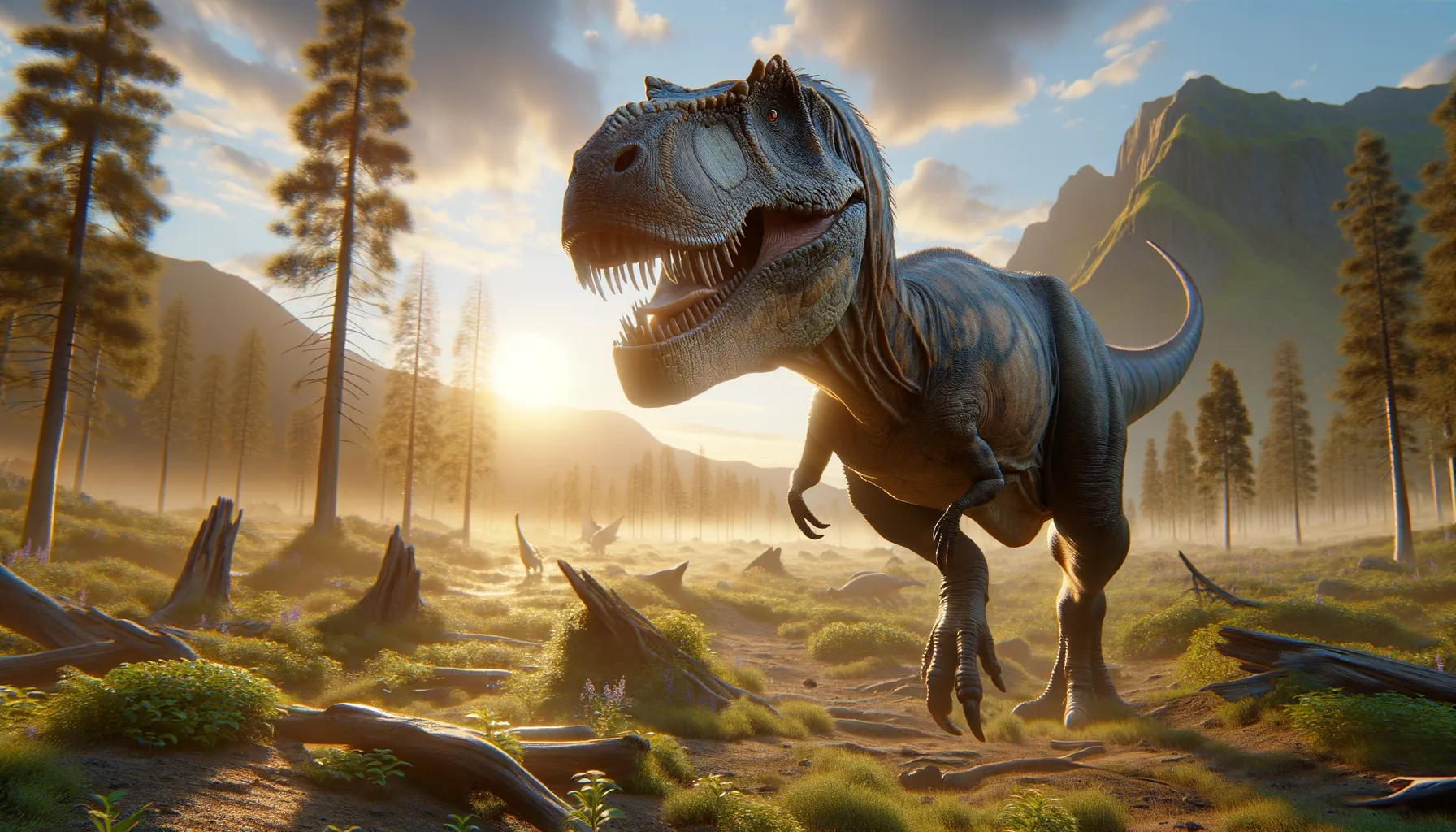
Magnosaurus
Fleshing out Jurassic predatory mysteries!
Period
Jurassic
Length
Around 6 to 7 meters long.
Height
Roughly 2 to 3 meters at the hips.
Weight
Approximately 400 to 500 kilograms.
Magnosaurus was a medium-sized theropod dinosaur that roamed Europe during the Middle Jurassic period. Known for its carnivorous diet, it is an early example of meat-eating dinosaurs. It was initially misclassified under various other genera, reflecting its incomplete fossil record. The genus highlights the complexity and ongoing nature of paleontological classification.
Diet
Magnosaurus was a carnivore, primarily preying on smaller animals. It would have hunted actively using its sharp teeth and claws to capture and consume its prey.
Hunting
This dinosaur likely relied on its speed and agility to chase down prey. It might have also employed stealth techniques, stalking its victims in the cover of vegetation before launching a surprise attack.
Environmental challenges
Magnosaurus faced challenges typical of the Jurassic period, such as fluctuating climate conditions. Competition with other predators for food would have been a constant challenge. The periodic volcanic activity in its environment could have influenced its habitat and food resources significantly.
Speed
Moderate and likely similar to modern bipedal reptiles.
Lifespan
Estimated to be around 20 to 30 years.
First discovery
First discovered in England in the early 20th century.
Fun Facts
- Magnosaurus was a small to medium-sized meat-eating dinosaur that lived during the Middle Jurassic period.
- Its name means 'large lizard', although it was not actually very large compared to other dinosaurs.
- The first fossil of Magnosaurus was discovered in England, making it one of the many dinosaurs found in the UK.
- This dinosaur was likely a quick and agile predator, using its sharp teeth to catch small prey.
- Magnosaurus belonged to a group of dinosaurs called theropods, which also includes famous dinosaurs like T. rex and Velociraptor.
- Unlike the more famous Jurassic giants, Magnosaurus might have been no longer than a car.
- Scientists believe it could have had feathers like many other theropods.
Growth and Development
Magnosaurus, like many theropods, likely grew rapidly during its juvenile stage. Growth rates would have slowed as it reached maturity, with some variations depending on environmental and genetic factors. Its development from hatchling to adult would have required a safe, resource-rich environment.
Habitat
The habitat of Magnosaurus consisted of lush, forested environments with abundant prey. Rivers and floodplains within these regions would have provided necessary water sources. The rich vegetation and varied topography allowed for effective hunting and nesting conditions.
Interaction with other species
Magnosaurus likely competed with other theropods for food sources, leading to potential territorial disputes. It might have scavenged leftovers from larger predators. There was probably little collaboration with other species, focusing instead on its survival and territorial dominance.
Natural lifespan
The natural lifespan was likely comparable to modern reptiles, around 20 to 30 years.
Reproduction
Magnosaurus was oviparous, laying eggs in carefully selected nests. The reproductive strategy likely involved parental care to some extent, protecting nests from predators and environmental hazards. The clutch size and incubation period might have varied based on environmental conditions.
Social behaviour
Magnosaurus might have exhibited solitary behavior, particularly during hunting. However, during breeding seasons, there could have been interactions for mating purposes. Social structures were likely minimal, focusing on survival and reproduction.
Fossil locations
Fossils of Magnosaurus have been found primarily in England, providing crucial information about its anatomy. These discoveries have helped paleontologists understand more about mid-Jurassic theropods. Given the limited number of fossils, many aspects of its life remain speculative.
